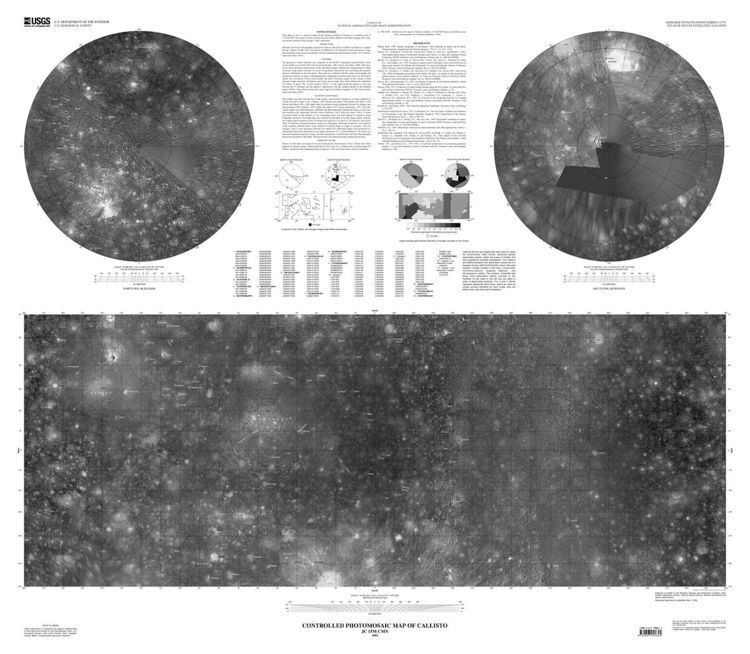Initial release 1971 License Public domain software | Operating system | |
 | ||
Developer(s) USGS Astrogeology - Flagstaff Stable release 3.3.0 / 11 October 2011; 5 years ago (2011-10-11) Website isis.astrogeology.usgs.gov | ||
Integrated Software for Imagers and Spectrometers, also abbreviated to Isis, is a specialized software package developed by the USGS to process images and spectra collected by current and past NASA planetary missions sent to Earth's Moon, Mars, Jupiter, Saturn, and other solar system bodies.
Contents
History
The history of ISIS began in 1971 at the United States Geological Survey (USGS) in Flagstaff, Arizona.
Isis was developed in 1989, primarily to support the Galileo NIMS instrument.
It contains standard image processing capabilities (such as image algebra, filters, statistics) for both 2D images and 3D data cubes, as well as mission-specific data processing capabilities and cartographic rendering functions.
Raster data format name
Family of related formats that are used by the USGS Planetary Cartography group to store and distribute planetary imagery data.
